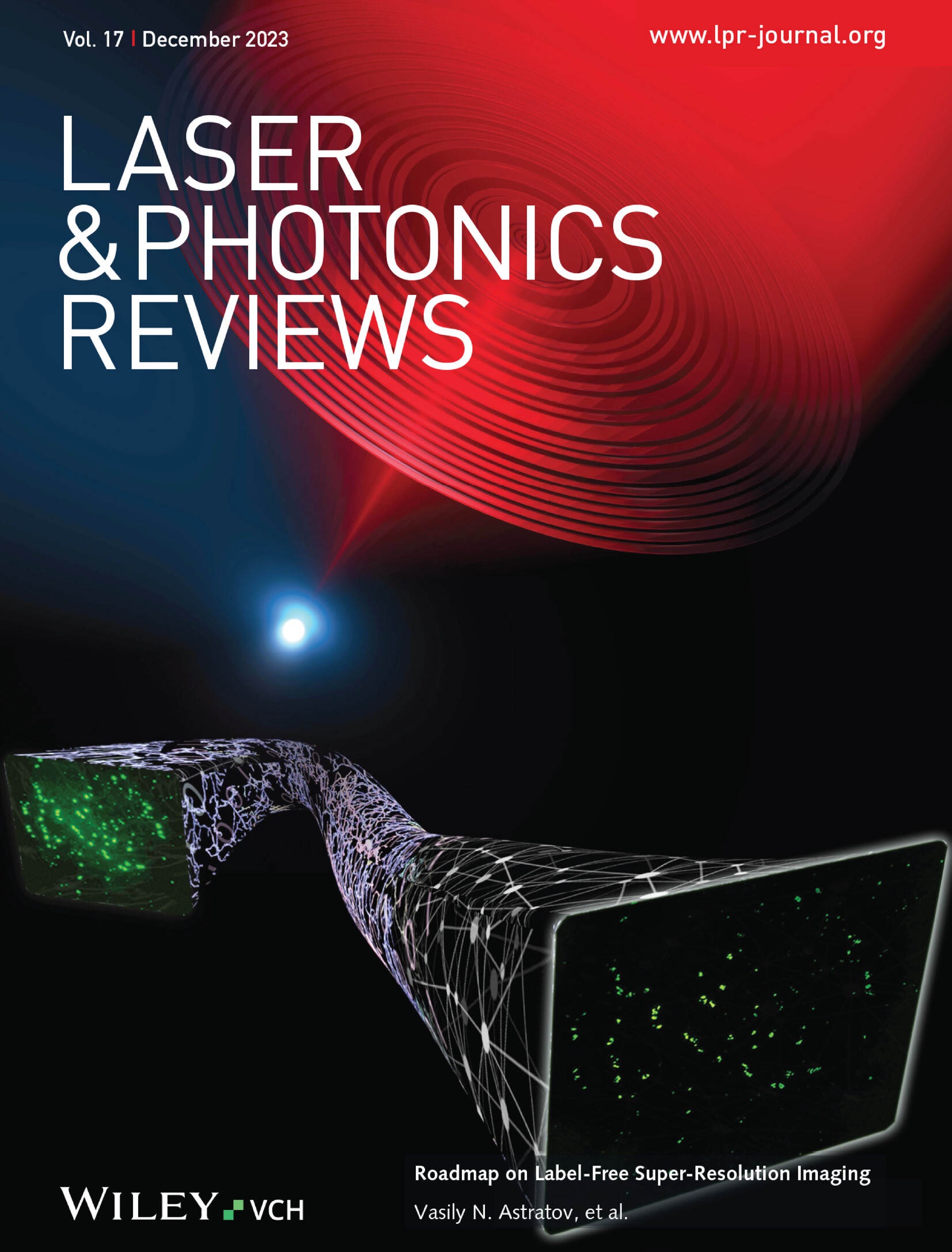Low‐Crosstalk and Independent Amplitude/Polarization Control in Near‐ and Far‐Fields Using a Dielectric Metasurface
IF 9.8
1区 物理与天体物理
Q1 OPTICS
引用次数: 0
Abstract
Metasurfaces offer precise control over multidimensional light fields at subwavelength resolution, positioning them as powerful platforms for manipulating both near‐ and far‐field optical distributions. Recent progress has concentrated on achieving simultaneous amplitude and polarization modulation in both fields using single‐layer metasurfaces to increase information capacity. However, existing multiplexing techniques remain limited in enabling arbitrary, independent customization of amplitude and polarization characteristics across near‐ and far‐fields within a single metasurface design. Here, a vectorial metasurface capable of fully decoupled near‐ and far‐field multiplexing is presented, allowing independent control over amplitude and polarization in both spatial and spectral domains. By employing geometric‐phase metasurfaces with four‐nanopillar supercells, the generation of two distinct vectorial light fields with different amplitude and polarization distributions in the near‐ and far‐field is experimentally demonstrated. This complete decoupling is achieved using a modified two‐loop‐iteration GS algorithm that simultaneously optimizes amplitudes and polarization profiles across both optical regimes. This approach establishes a new paradigm in multidimensional vector‐field multiplexing, with applications spanning polarization‐encoded encryption, complex vector beam generation, and high‐density data storage.使用介电超表面的近场和远场低串扰和独立振幅/极化控制
超表面可以精确控制亚波长分辨率的多维光场,将其定位为操纵近场和远场光学分布的强大平台。最近的进展集中在利用单层超表面实现两个领域的同时振幅和偏振调制,以增加信息容量。然而,现有的多路复用技术在实现任意、独立定制近场和远场的振幅和偏振特性方面仍然受到限制。本文提出了一种能够完全解耦的近场和远场复用的矢量超表面,允许在空间和光谱域对振幅和极化进行独立控制。利用四纳米柱超细胞的几何相位超表面,实验证明了在近场和远场产生具有不同振幅和偏振分布的两个不同的矢量光场。这种完全解耦是通过一种改进的双环迭代GS算法实现的,该算法同时优化了两种光学系统的振幅和偏振曲线。该方法建立了多维向量场多路复用的新范式,其应用跨越极化编码加密、复杂矢量波束生成和高密度数据存储。
本文章由计算机程序翻译,如有差异,请以英文原文为准。
求助全文
约1分钟内获得全文
求助全文
来源期刊
CiteScore
14.20
自引率
5.50%
发文量
314
审稿时长
2 months
期刊介绍:
Laser & Photonics Reviews is a reputable journal that publishes high-quality Reviews, original Research Articles, and Perspectives in the field of photonics and optics. It covers both theoretical and experimental aspects, including recent groundbreaking research, specific advancements, and innovative applications.
As evidence of its impact and recognition, Laser & Photonics Reviews boasts a remarkable 2022 Impact Factor of 11.0, according to the Journal Citation Reports from Clarivate Analytics (2023). Moreover, it holds impressive rankings in the InCites Journal Citation Reports: in 2021, it was ranked 6th out of 101 in the field of Optics, 15th out of 161 in Applied Physics, and 12th out of 69 in Condensed Matter Physics.
The journal uses the ISSN numbers 1863-8880 for print and 1863-8899 for online publications.

 求助内容:
求助内容: 应助结果提醒方式:
应助结果提醒方式:


